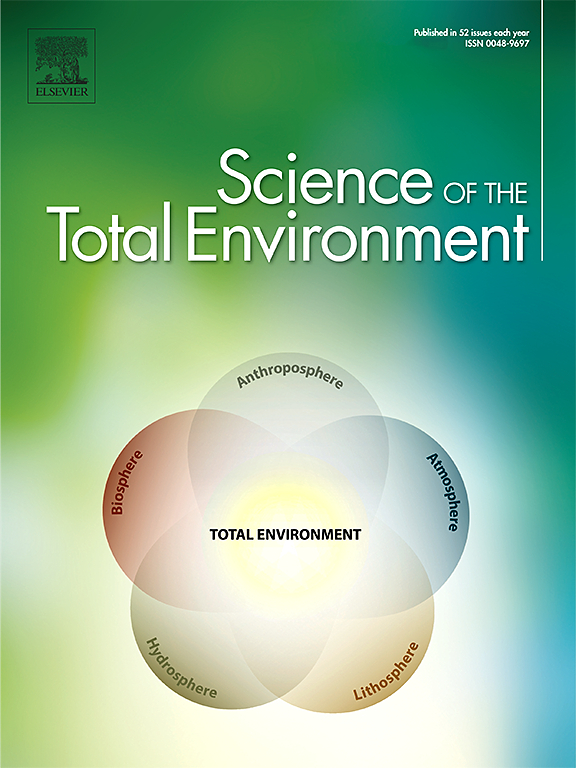Leveraging regulatory monitoring data for quantitative microbial risk assessment of Legionella pneumophila in cooling towers
IF 8.2
1区 环境科学与生态学
Q1 ENVIRONMENTAL SCIENCES
引用次数: 0
Abstract
Cooling towers are critical engineered water systems for air conditioning and refrigeration but can create favorable conditions for Legionella pneumophila growth and aerosolization. Human exposure to L. pneumophila-contaminated aerosols can cause Legionnaire's disease. Routine monitoring of L. pneumophila in cooling towers offers possibilities to develop quantitative microbial risk assessment (QMRA) models to guide system design, operation, control, and maintenance. Here, we used the regulatory monitoring database from Quebec, Canada, to develop statistical models for predicting L. pneumophila concentration variability in cooling towers and integrate these models into a screening-level QMRA model to predict human health risks. Analysis of 105,463 monthly L. pneumophila test results revealed that the exceedance rate of the 104 colony-forming unit (CFU) per liter threshold was constant at 10 % from 2016 to 2020, emphasizing the need to better validate the efficacy of corrective measures following the threshold exceedances. Among 2852 cooling towers, 51.2 % reported no detections, 38.5 % had up to nine positives, and 10.2 % over ten. The gamma or the lognormal distributions adequately described site-specific variations in L. pneumophila concentrations, but parametric uncertainty was very high for the lognormal distribution. We showed that rigorous model comparison is essential to predict peak concentrations accurately. Using QMRA, we found that an average L. pneumophila concentration below 1.4 × 104 CFU L−1 should be maintained in cooling towers to meet a health-based target of 10−6 DALY/pers.-year for clinical severity infections. We identified 137 cooling towers at risk of exceeding this limit, primarily due to the observation or prediction of rare peak concentrations above 105 CFU L−1. Effective mitigation of those peaks is critical to controlling public health risks associated with L. pneumophila.

求助全文
约1分钟内获得全文
求助全文
来源期刊

Science of the Total Environment
环境科学-环境科学
CiteScore
17.60
自引率
10.20%
发文量
8726
审稿时长
2.4 months
期刊介绍:
The Science of the Total Environment is an international journal dedicated to scientific research on the environment and its interaction with humanity. It covers a wide range of disciplines and seeks to publish innovative, hypothesis-driven, and impactful research that explores the entire environment, including the atmosphere, lithosphere, hydrosphere, biosphere, and anthroposphere.
The journal's updated Aims & Scope emphasizes the importance of interdisciplinary environmental research with broad impact. Priority is given to studies that advance fundamental understanding and explore the interconnectedness of multiple environmental spheres. Field studies are preferred, while laboratory experiments must demonstrate significant methodological advancements or mechanistic insights with direct relevance to the environment.
 求助内容:
求助内容: 应助结果提醒方式:
应助结果提醒方式:


